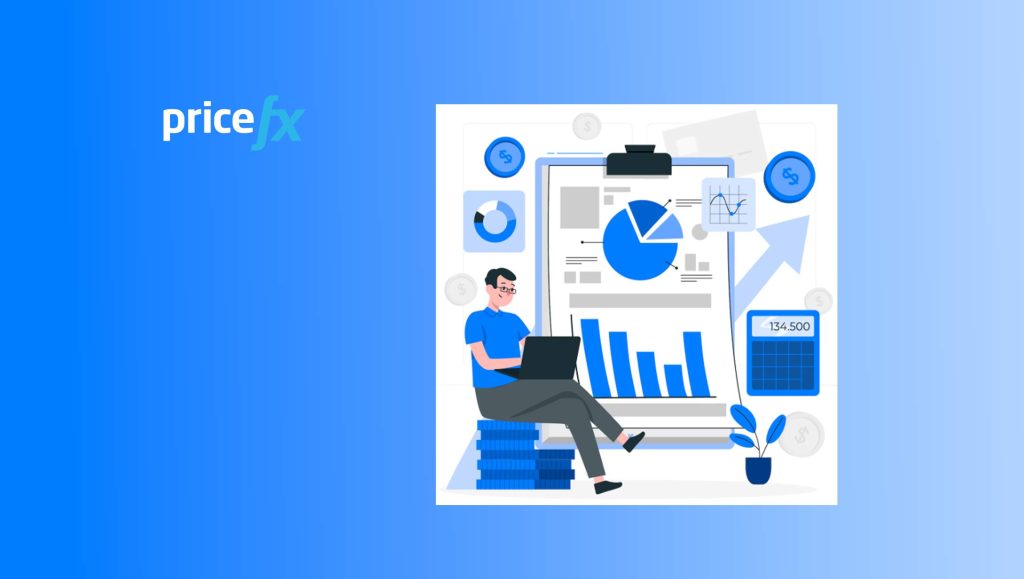The e-commerce industry is booming, with global online sales projected to surpass $6 trillion in the coming years. Yet, while more brands than ever are entering the space and scaling revenue, many are struggling to translate that growth into meaningful profits. In fact, chasing top-line revenue without focusing on profitability can lead to a fragile business foundation.
In today’s competitive landscape, ensuring strong profit margins is critical to maintaining long-term sustainability. With heightened global economic uncertainty, shifting tariffs and a looming trade war, there is significant pressure on costs and supply chains. Understanding the key components of e-commerce profit margins and implementing targeted strategies to improve them can help your business stay ahead of the curve, even during the most challenging of times.
What Are E-Commerce Profit Margins?
Profit margins measure how efficiently a business operates. They reflect the percentage of revenue left over after deducting specific costs, offering insight into a company’s financial health. There are three primary types of profit margins e-commerce brands should track:
1. Gross Profit Margin:
The percentage of revenue left after deducting the cost of goods sold (COGS). This metric highlights the profitability of your products before operational expenses.
2. Operating Profit Margin:
This includes expenses such as marketing, payroll, and logistics. A healthy operating profit margin indicates efficient management of day-to-day operations.
3. Net Profit Margin:
The percentage of revenue left after all expenses, taxes, and interest. This is the most comprehensive measure of profitability.
Maintaining healthy profit margins requires balancing revenue growth with cost efficiency while delivering exceptional customer value.
Common Profitability Challenges in E-Commerce
E-commerce is an inherently complex industry, and several challenges make it difficult to maintain strong margins including rising customer acquisition costs (CAC), high return rates – (the average return rate for ecommerce was 16.9%), inventory management inefficiencies, supply chain disruptions and discount addiction.
These challenges highlight the importance of adopting strategic solutions to improve operational efficiency and maximize profitability.
Read More: SalesTechStar Interview with Ann-Christel Graham, Chief Revenue Officer at Sovos
Tactics to Boost E-Commerce Profit Margins
To overcome these challenges, e-commerce brands need a balanced approach that optimizes both revenue generation and cost control. Here are five proven tactics to consider:
1. Implement a Dynamic Pricing Strategy
Optimizing your pricing strategy is one of the most effective ways to improve profit margins. Conduct regular price elasticity analyses to understand how customers respond to pricing changes. Use dynamic pricing tools to adjust prices in real-time based on demand, competitor pricing, and inventory levels. Additionally, bundling complementary products or offering tiered pricing options can increase average order value (AOV).
2. Streamline Operations and Reduce Costs
Operational inefficiencies can quickly eat into your profits. Invest in tools that enable demand forecasting to better align inventory with customer demand. Automation software can also optimize workflows such as order processing, inventory tracking, and customer service. Additionally, reevaluate your logistics and shipping partners to negotiate better rates or consider hybrid fulfillment models to reduce costs.
3. Prioritize Customer Retention Over Acquisition
Acquiring new customers is up to five times more expensive than retaining existing ones. By focusing on retention, you can improve customer lifetime value (CLV) while reducing CAC. Build loyalty programs, offer personalized recommendations, and introduce subscription models to keep customers engaged and coming back for more.
4. Diversify and Improve Product Margins
Product mix optimization can have a significant impact on profitability. Identify high-margin products and allocate more marketing resources to promote them. Explore opportunities to develop private-label products, which allow you to capture more value within your brand. Additionally, negotiate with suppliers to reduce costs or explore alternative sourcing options.
5. Leverage Data Analytics to Drive Decisions
Data-driven decision-making is key to identifying areas of opportunity and inefficiency. Invest in analytics tools to monitor key metrics like CAC, CLV, cart abandonment rates, and inventory turnover. Use these insights to refine pricing strategies, improve inventory management, and personalize the customer experience.
The Path to Sustainable Growth
In the rapidly evolving e-commerce landscape, profitability is more critical than ever. By focusing on improving profit margins, brands can build a more resilient foundation for sustainable growth. Whether it’s optimizing pricing, reducing operational inefficiencies, or prioritizing customer retention, these strategies will position your business for long-term success.
In the end, profitability isn’t just about cutting costs, it’s about finding balance. Deliver value to your customers while ensuring your operations remain efficient, scalable and with the right approach and as a result, your e-commerce brand can thrive in even the most competitive and challenging markets.
Read More: How AI is Impacting Sales Through Better Partnership Execution




























